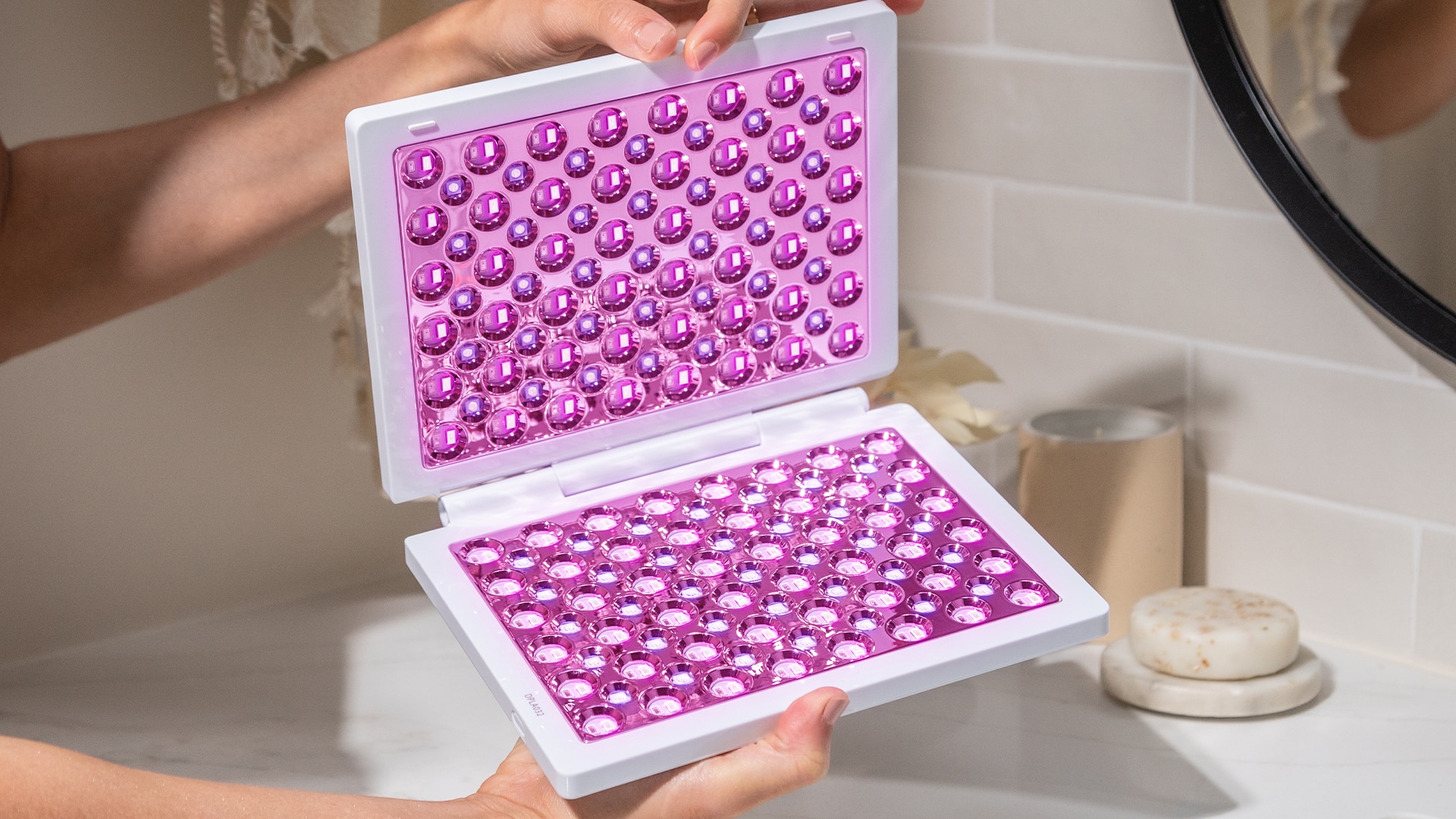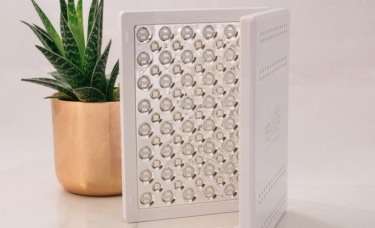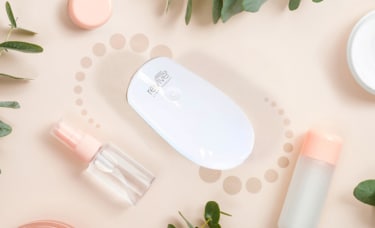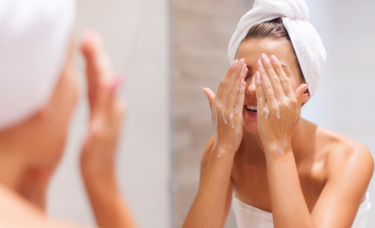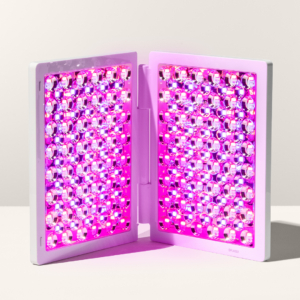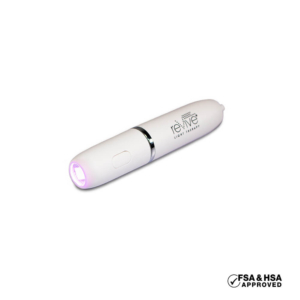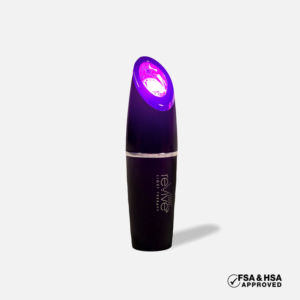How to Take Care of Your LED Light Therapy Device
Any skin or body treatment requires careful research, as you want to take good care of yourself. This applies to LED devices as well. There are many light therapy options for skincare and pain treatment available, but you need to go with the best device for your needs. And once you have that device, it’s important to take care of it to ensure safety, cleanliness, and long-term effectiveness.
Whether you have a reVive Light Therapy™ or dpl®️ product at home and want to learn more about the daily maintenance of these devices, or you’re doing research before investing in light therapy, we want you to understand what it takes to take care of your device.
Maintenance and device care are key to getting the most out of your investment in LED products. How you clean and store it after use will make a huge difference in how long it lasts. Here are some easy ways to care for your light therapy device.
Understand How Your Light Therapy Device Works
When you understand how your light therapy device works, you know how to properly use it and what to expect from it. This knowledge will not only perfect your beauty or pain-management routine, allowing you to make the most of your device, but also will help with maintenance and care. To learn more about your device, read the guide that comes with it or the FAQs, or contact the manufacturer for information.
What If All the Lights Aren’t On?
At some point, while using a light therapy device, you may notice that not all the lights are lit. This is perfectly normal. Many light therapy devices include infrared LEDs for the enhanced anti-aging and healing benefits they offer. Since infrared lights are invisible to the human eye, it looks as if those LEDs aren’t working. But if the other LEDs are operational, you can rest assured that the infrared LEDS are, as well.
If you have the right kind of cellphone camera, though, you might be able to “see” the infrared lights. Just turn on your device, then look at it through your phone’s camera. If you still can’t see the glow of the IR LEDs, try switching between the back- and front-facing (or selfie) cameras.
Some manufacturers put infrared filters on one or both of their device’s cameras, as they improve the quality of the images the device can take. If this is the case for your device, it won’t help you to see the glow of the IR LEDs.

If you have other reasons to believe that your device’s LEDs aren’t working, you can always reach out to customer service.
Using Your Device
Proper use of your device will ensure a longer life and enduring benefits over time. You should always read your User Manual and follow all instructions on device operation and care.
But there are a few easy things to remember that will help avoid common issues.
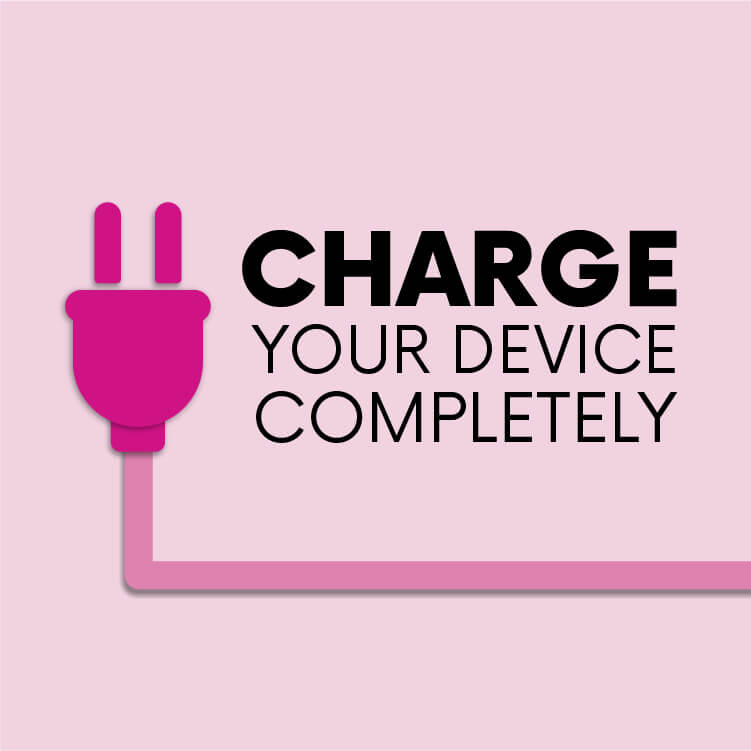
Power It Correctly
Light therapy devices that plug into a power outlet are pretty simple. Plug them in, put them where you want the light therapy, and turn them on. They’re always ready to go when you are, though the cord does tether you to the spot while you use them.
Rechargeable devices let you move around more freely while the device does its work – which is particularly helpful for pain-relief devices. Relieving pain is often largely about improving mobility, so it’s great to be able to get up and around and feel the difference while the device does its work. Not to mention that if you want to do some chores or go for a walk during the 20-minute treatment time, you can.
But you need to be sure to properly use your rechargeable device. The lithium-ion batteries in these devices can be picky, so follow these tips to ensure you don’t reduce the charge life and effectiveness of your device:
- Always remember to fully charge your device before using it
- Unplug your device while using it, as a rechargeable device doesn’t work when plugged in
- A full charge will usually get you 2-3 (20-minute) uses for a pain device, and up to 10 (3-minute) uses for an anti-aging or acne device
- Use the device within 48 hours, as the charge will diminish over time
- Fully deplete the battery before you charge it again, as recharging before the battery is fully depleted will reduce battery life over time
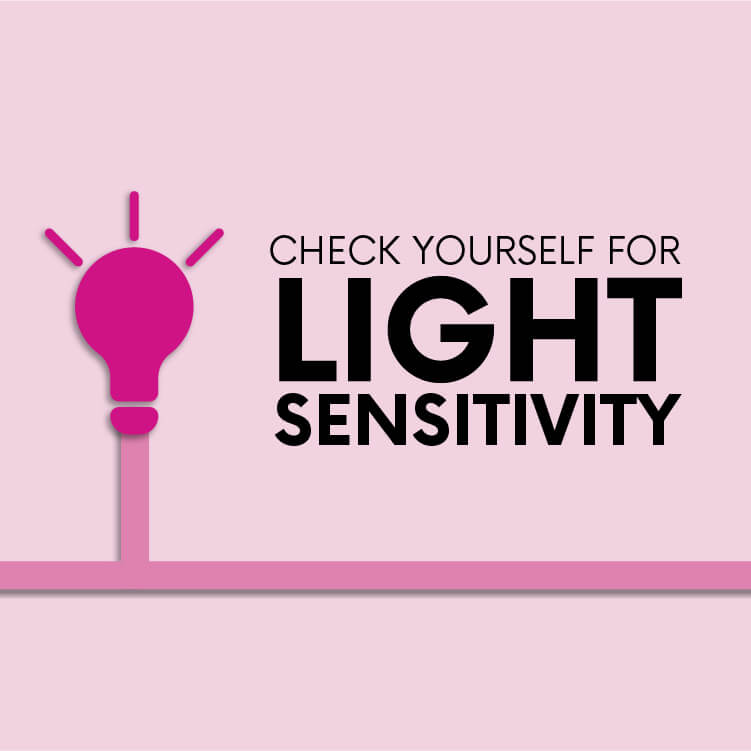
Check Yourself for Light-Sensitivity
Before you use a light therapy device for the first time, check yourself for light sensitivity. This is rare and only affects a small percentage of people, but a light-sensitive reaction can cause irritation to your skin.
To test yourself, just turn on your device and place the lights against the skin of your forearm for 3 minutes. If your skin turns red, and the redness lasts for more than 2 hours, your skin is light-sensitive.
If you’re light-sensitive, discontinue the use of your light therapy device and contact the manufacturer.
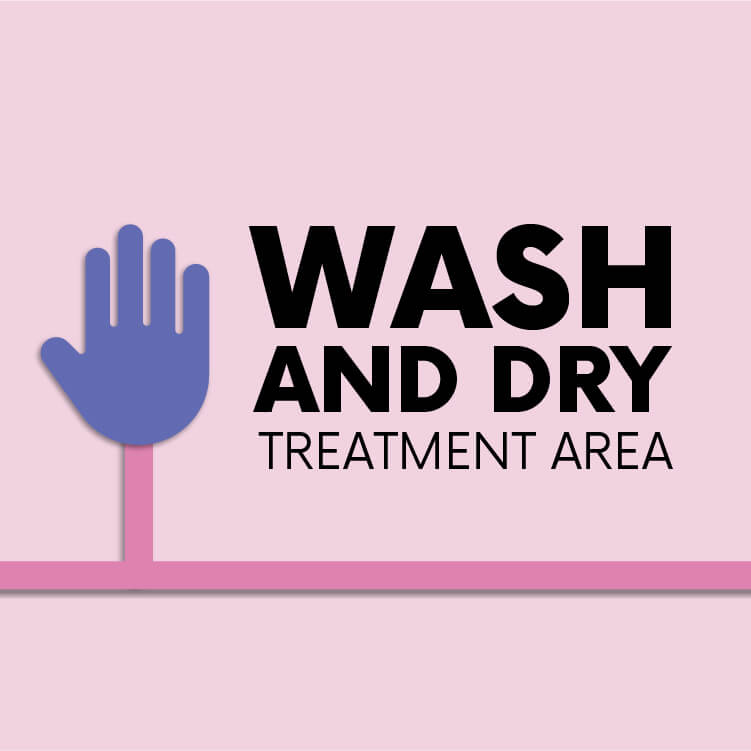
Wash and Dry the Treatment Area
No matter what you’re using light therapy for, it’s best to wash and dry the area you’re treating beforehand. The main reason for this is to remove anything that might block the light energy from penetrating the skin to do its job.
Sunscreen, in particular, can block light therapy light, even though it isn’t UV-based. And since many kinds of makeup have sunscreen in them, it can greatly decrease the effectiveness of your anti-aging or acne light therapy device.
So it’s always best to wash first, then apply light therapy.
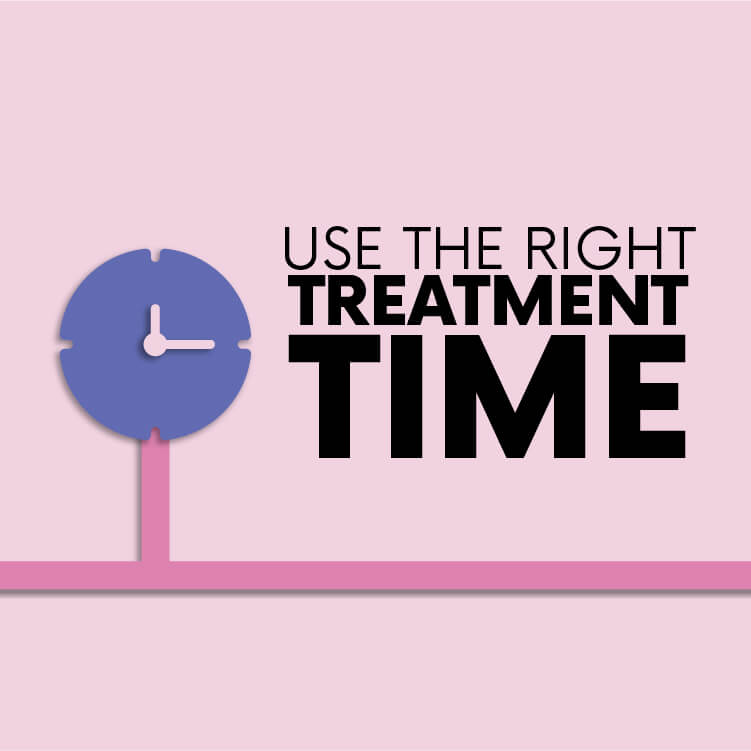
Use the Right Treatment Time
Treatment times for light therapy vary based on the type of treatment, but there are some general rules:
- Anti-aging light therapy: 3-minute sessions, up to 3 times per day
- Acne light therapy: 3-minute sessions, up to 3 times per day
- Pain-relief light therapy: 20-minute sessions, up to 3 times per day
The short sessions make anti-aging and acne light therapy very easy to incorporate into your regular skincare regimen. Generally, it is recommended that you do not treat any one area more than three times in a 24-hour period.
And while pain-relief light therapy takes longer, you can still get a full treatment in less time than it takes to stream an episode of your favorite sitcom.
Turn Off the Device When Not In Use
Once your session is done, you’ll want to power down the device. Leaving the LEDs on while not in use can be bad for your device.
Turning off your device may be as simple as flipping a switch or clicking a button. This may be sufficient, especially if you are using it regularly—either daily, or multiple times a day.
However, to help ensure the longest device life, it is always best to completely disconnect your device from its power source between uses. Depending on your device’s power source, this may mean either unplugging it from the power outlet or disconnecting a rechargeable battery pack.
If you think it’s going to be a while before you need your device again, it’s even more important to disconnect the power source. In that case, it’s also recommended that you remove the batteries if your device is battery-powered.
How to Clean Your Light Therapy Device
When it comes to taking care of your LED device, how you clean it is crucial. Cleanliness ensures a sanitary treatment experience, which is especially important for treating acne or wrinkles around the nose, mouth, or eyes. But a misstep with cleaning products could also lead to electrical issues. You need to be careful managing the contact of any liquids with the lights. Our devices come with clear instructions that detail the cleaning process, so you’ll always have that information handy for reference.
Steps to follow when cleaning your light therapy device include:
- Make sure the device is turned off and unplugged.
- When removing particles and dust from the LED lights themselves, don’t use any liquids or damp cloths. Instead, use an air blower device (like a blow dryer or the air duster used to clean keyboards).
- The exterior part of the device is likely made of plastic or neoprene and can be cleaned using a damp cloth or rubbing alcohol; alcohol is better since it disinfects germs.
- Air-dry the device, or use a clean towel, and make sure the device is completely dry before using it again.
- Never submerge or saturate your device with water or any other fluid. It is an electrical device, and doing so can cause device failure and personal injury.
Storing Your Device
Proper storage is an often-overlooked element of caring for devices of all kinds, and those for light therapy are no exception. We tend to take for granted that our devices will be there for use, no matter how badly we treat them between uses. However, improper storage can kill a device faster than almost any other cause.

No doubt everyone has had a power cord and associated device rendered useless when the cord splits. Whether you’re talking about your cellphone charger, clothes iron, hair dryer, or light therapy device, don’t wrap the power cord too tightly when storing it. Repeated twisting and stretching can lead to cord damage that can not only hurt the device’s function but can be a personal danger as well.

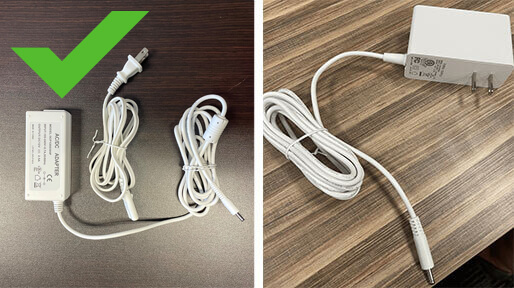
A few other common sense precautions will help when storing your LED device. First, keep it out of direct sunlight and away from excessive heat. Repeated or sustained overheating can damage the device housing, as well as the LEDs and electrical components. And, naturally, don’t pile heavy objects on top of your device. It’s all too easy to lose your light therapy device under the pile of stuff you’re going to put away any day now, but it’s also a great way to damage it.
The best way to store your light therapy device is usually to put it back in the box it came in. It’ll be safer in the packaging it was shipped in than anywhere else.
Barring that, just gently coil your power cord and stash your device in a roomy drawer in your dresser, vanity, or bedside table.
Can I Share My Device with Others?
To share or not to share a light therapy device…that is the question. The answer depends on various factors, including the device itself, the area it is intended to treat, and how comfortable you feel about sharing a personal product you use regularly.
Before making a decision about this, think about the device. If we’re talking about an oral care or lip care device — that goes inside your mouth — you’ll probably want to pass on sharing it around.
However, something like an anti-aging device, designed to treat wrinkles in the face, neck, chest, hands, and back, is a little easier to share because it is only used on the surface of the skin. An acne device might be shareable, though you’ll want to clean it well between users.
And then there are devices that have both anti-aging and acne-fighting capabilities. These might be a perfect one-two solution for a mother-daughter duo, for example, who are each dealing with one or the other, but don’t want to buy two separate devices.
Other Questions?
If you have any additional questions about our products, how they work, and how best to care for them, don’t hesitate to reach out to Customer Service.
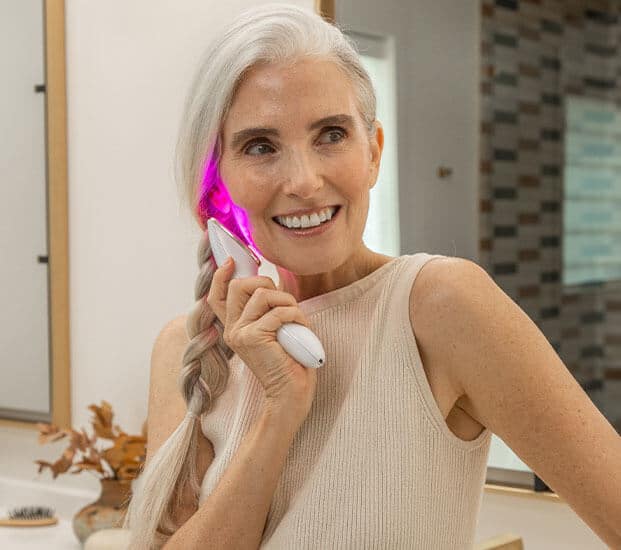
Experience the power of light therapy at home
Specific wavelengths of light have different effects, and can be used for a variety of applications — from destroying acne-causing bacteria to killing harmful germs on your phone. Our light therapy devices allow you to harness the power of LEDs in the comfort of your own home.
See How It Works
